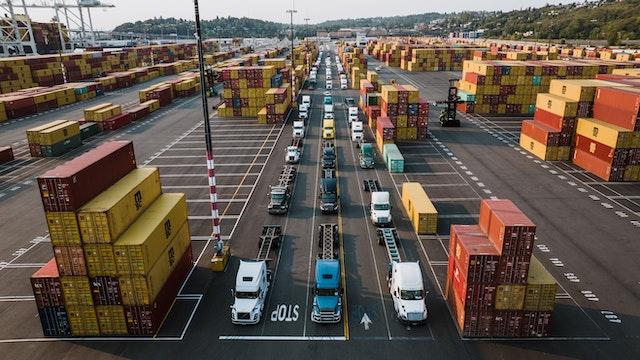How To Make Your Freight Transportation A Smooth Process
Shipping freight is an essential aspect of running a successful business, and it's essential to make the process as smooth and efficient as possible. If you're new to shipping freight or are looking to streamline your existing process, there are several steps you can take to ensure a successful transit. In this blog post, we'll outline how to make your freight transportation a smooth process from planning to delivery.
Planning
The first step in ensuring a successful shipment is proper planning. Before you begin, determine the shipping requirements, such as the weight, size, and destination of the shipment. This information will help you decide on the most appropriate shipping method, such as ground or air transportation. Also, you should obtain necessary permits and documentation, such as customs forms, to avoid unnecessary delays or fines. Additionally, freight forwarding can be complex, involving various parties, such as shippers, freight forwarders, carriers, and customs officials. Proper planning is necessary to ensure that the shipment is delivered safely, on time, and within budget.
Preparing Freight
Proper preparation of your freight is crucial to minimize damage or loss during transit. To prepare your freight, you must ensure it is packed appropriately, labeled and marked correctly, and weighed and measured accurately. The packaging should be sturdy enough to withstand handling during transit while protecting the contents inside. Labeling and marking should be clear and accurate to ensure that the carrier knows how to handle the freight properly. Finally, you must weigh and measure the shipment accurately to avoid any discrepancies in pricing.
Carrier Selection
The carrier you choose will play a significant role in the success of your shipment. You should research potential carriers and compare their rates and services to find the best option for your needs. Additionally, you should check the carrier's credentials, such as licensing and insurance, to ensure they are reputable and reliable.
Loading and Unloading Process
Proper loading techniques are essential to protect your freight during transit. You should ensure that the goods are loaded securely and are not at risk of shifting or falling during transport. It's also critical to take safety precautions, such as wearing appropriate attire, using equipment properly, and following loading guidelines. When unloading, take care to handle the shipment with care and follow proper unpacking procedures.
Communication and Tracking
Establishing communication with your carrier is essential to ensure a smooth shipping process. You should communicate regularly to confirm the status of your shipment and any potential delays or issues that may arise. Additionally, tracking your shipment can help you stay informed about its progress and make adjustments as necessary.
Dealing with Issues
Despite proper planning and preparation, issues may still arise during the shipping process. Common issues include delays, damages, or lost shipments. When issues occur, it's important to take prompt action to resolve the problem. This may involve working with the carrier to identify the issue and find a suitable solution.
In conclusion, shipping freight can be a complex and challenging process. However, by following these steps, you can minimize the risk of delays, damages, or lost shipments. Proper planning, preparation, carrier selection, loading and unloading techniques, communication, and tracking are all key aspects of ensuring a successful shipment. By applying these tips, you can improve your freight transportation process and enjoy a smooth and efficient experience.

